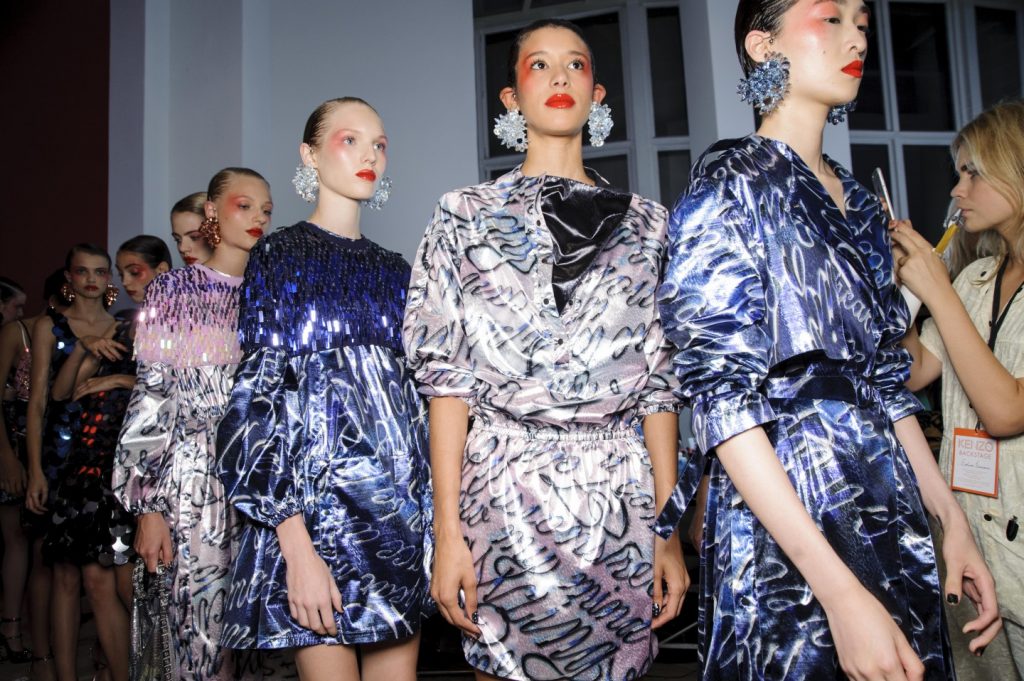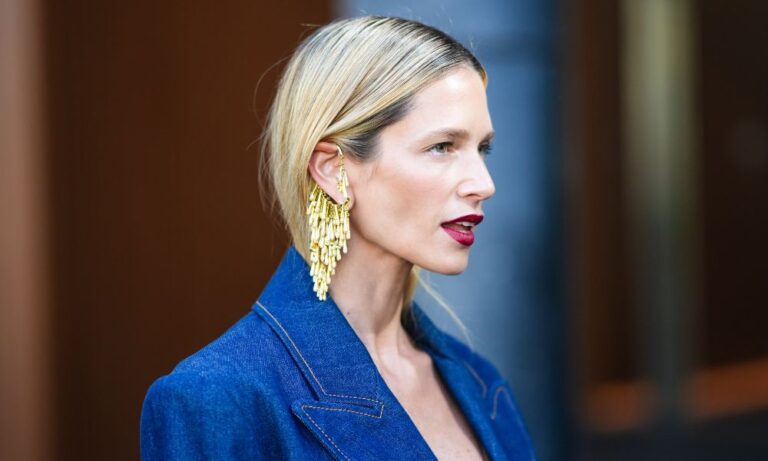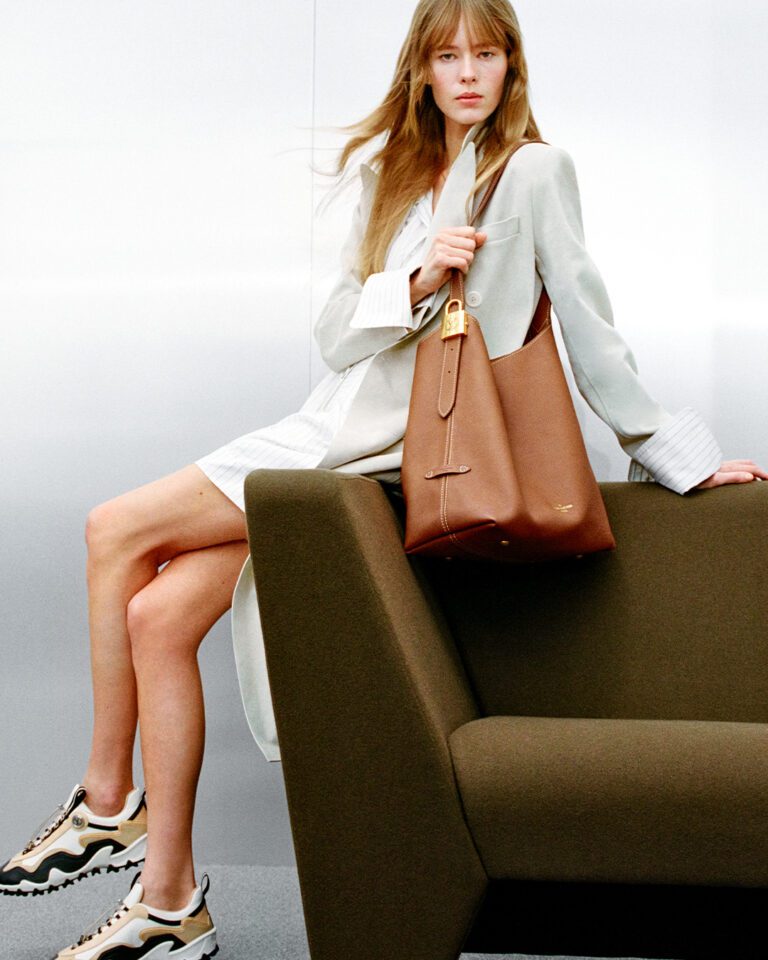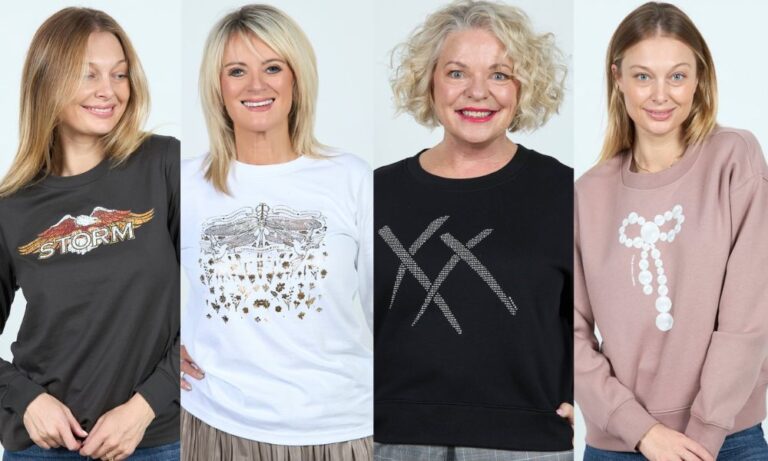When one of the world’s leading trend forecasters, Li Eidelkoort famously declared the death of fashion in 2015, she ignited a flurry of debate. And although it’s been more than a year since Eidelkoort denounced the industry, given the state of flux fashion is in, her notion continues to shape the discourse surrounding the future of fashion.
“Obviously it’s not the end of fashion,” says Professor Valerie Steele, director and chief curator of the Museum at the Fashion Institute of Technology in New York, and one of the keynote speakers at Massey University’s provocatively titled fashion symposium: The End of Fashion. “But it may be the end of fashion as we know it.”
Anyone with a wardrobe is well aware of the cyclical nature of fashion – Steele describes it as pendulum that swings from one trend to another – but according to academics the transformation we’re set to experience is different this time around. “People seem to feel that right now the change is particularly traumatic,” Steele says. Both Steele and Vicki Karaminas, Professor of Fashion at Massey University, agree that the digital world is radically revolutionising the way we consume fashion: thanks to the internet we’ve been granted a front row seat. But now we’ve been given access to the shows once reserved for the fashion world’s elite, we want to shop the runway and we want to shop it now. “Fast fashion has really undermined the system and the speed of fashion is becoming more and more of an issue,” Steele says. “There’s too much stuff. And the consumer is getting confused and fashion professionals are getting exhausted.”
Faster fashion
“In the past we had the catwalk show and then six months later the garments would appear in store. It’s now appearing straight away. It’s putting pressure on designers,” explains Karaminas. Changes in consumer behaviour are having an overarching impact on the world of fashion: “see-now, buy-now” dominated runway discourse with a number of designers – Tom Ford, Burberry, Thakoon – foregoing seasonal shows in favour of showing in-season collections. While a handful of designers are embracing the change and transforming their business models to meet new demands, resistance is being felt within the wider industry. Designer burnout is prevalent: ex Dior creative director Raf Simons spoke out about the pressure the current system is putting on designers; Phillip Lim recently declared the see-now, buy-now trend as unsustainable.
“It’s becoming a part of what different designers are doing. But I don’t think it’s going to be taken up by everyone,” says Steele. Instead, Steele believes, we’ll enter a confusing period where designers are going to be doing different things. “Not many people are going to have the absolute courage of an Azzedine Alaia to say: you’ll see it when I’m finishing with it and you’ll buy it when it finally arrives. But I do think there’s a tendency amongst the high fashion producers in Paris and Milan to say that ought to be the ideal.”
Steele is cautious about the extent to which see now, buy now is being heralded as some sort of panacea for the industry. “It’s not really see now, buy now. It’s not made now, see now, buy now. It still has to be made in the past, months before,” she explains.
Closer to home, founder of Kowtow and ethical fashion pioneer Gosia Piatek is apprehensive about the impact faster fast fashion is having on production lines. “Big fashion houses are not giving their factories enough time to make garments. It leads to overtime hours and poor conditions,” Piatek says. “If you’re a high street company that’s imitating other brands you have to see the trend on the runway first and then get it into production quickly to compete.”
Piatek believes the solution lies in a trans-seasonal approach and admits Kowtow takes a huge risk every season: they pre-orders their entire range before they’ve sold a single piece.“We want to know everything we use comes from an ethical and sustainable source. But that doesn’t mean we have to lag behind fast fashion brands. You have to have the frequent drops, you have to engage the customer with new colours, new shapes.”
Smarter Textiles
While see now, buy now is being interpreted by many as catastrophic for the creative nature of fashion, experts believe there are much bigger tensions brewing on the horizon. “Our biggest challenge will be resources,” says Karaminas. Piatek, who creates all of her garments with ethically sourced cotton, has already noticed a slight but steady increase in the cost of cotton. “We’ve noticed a shift in prices. Cotton won’t grow if we don’t get the rainfall. India’s season’s are already changing; it’s unusually dry.” In the not too distant future Piatek believes cotton, leather and other natural textiles will become a luxury. “They’ll be completely unaffordable for the average person.”
But it’s not all gloomy. Piatek is optimistic that we will fashion will evolve to meet the demands of our ever-changing planet and believes the time will come where waste won’t exist. “It won’t be economically or environmentally viable to have waste,” she says. Fortunately there’s a lot of development happening in the world of materials to support Piatek’s vision for the future. “We’re talking to people who make leather out of pineapple leaves. We haven’t tapped into all the waste product yet as much as we could, because we’re not at a crucial point where we have to make change yet.” Banana stems, coconut husks, mushrooms and spider silk are just a few textile alternatives that we could see in our wardrobe in coming years.
3D printing will also offer hope in a world where natural resources are rapidly diminishing. At the moment 3D printing remains expensive, specialised and the materials for creating day-to-day fashion don’t exist. “It’s in its very early nascent stages; the materials aren’t available at the moment,” believes Karaminas.
Steele believes that it won’t be too long before 3D printing plays a pivotal role in the future of fashion. “A computers used to take up an entire, but now you can carry around a tiny thing in your pocket,” she says drawing an analogy between the advancements in computers and the rate at which we should expect 3D printing to progress.
However, the promise of fashion technology is somewhat of a double-edged sword: while 3D printing has potential to ease the strain on dwindling natural resources, the automation of the industry could raise a number of new issues. “If 3D printing takes off, you could have anyone printing what they want, specialised for their body. And that would totally destroy the fashion industry as we know it,” says Steele. “There’s potential for the fashion system to be completely disrupted and for millions of people to be thrown out of work.”
The Runway Rewritten
Tech company Intel partnered with a number of designers – Erin Fetherston, Prabal Gurung and Band of Outsiders – to transport fashionistas to the front row of New York Fashion Week shows in real time using a virtual reality app. Rebecca Minkoff meanwhile, turned to augmented reality via a partnership with shopping app Zeekit, which allowed viewers to upload a picture of themselves and see what they looked like in their favourite items following the show. Headset-equipped attendees at emerging designer Marine Jarlgaard’s show witnessed the designers spring/summer 2017 collection come to life in holograms right before their eyes.
Waste Not
As waste becomes a growing problem an increasing number of designers are looking for new ways to create fashion from waste products. Actress Emma Watson turned heads on the red carpet at the MET Gala in a gown created using recycled plastic bottles: a collaborative effort by Calvin Klein and Eco Age. Adidas released UltraBoosts made almost entirely of plastic collected off the coast of the Maldives, with an executive board member stating it’s the company’s ambition to eliminate virgin plastic from their supply chain.
Maximum Effect
Steele predicts the reign of maximalism, that we’ve seen heralded by designer of the moment: Gucci’s Alessandro Michele, will continue. “At the moment we’re in the middle of a maximalist phase, as opposed to the long period of minimalism we’ve just gone through,” says Steele. Maximalism seems to go hand in hand with the bespoke everything – fashion, accessories, beauty and beyond – that we’re seeing more and more of.“It’s satisfying the desire for individualisation that people say they want. We’ll continue to see that for a while.”
Death of the Catwalk
Karaminas believes the catwalk spectacle has had its moment. “I think in twenty years time the catwalk won’t be around. I really don’t,” she says with conviction. “Big luxury fashion houses, like Louis Vuitton and Gucci, you can view the shows online, you can be there on the computer.” Instead Karaminas believes that designers will turn to the enduring influence of Alexander McQueen and use film and art installations to explore their collections.







